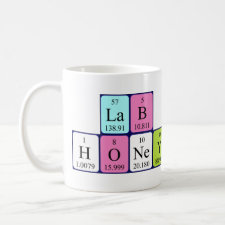
Authors: Takeuchi T, Seko A, Mukawa T
Article Title: Molecularly imprinted polymers with signaling function based on the UV-Vis spectral change by diastereoselective binding events.
Publication date: 2005
Journal: Bulletin of the Chemical Society of Japan
Volume: 78
Issue: (2)
Page numbers: 356-360.
DOI: 10.1246/bcsj.78.356
Alternative URL: http://www.jstage.jst.go.jp/article/bcsj/78/2/78_356/_article
Abstract: Signaling cinchonidine-imprinted polymers were prepared using a polymerizable iron(III) porphyrin and/or methacrylic acid as functional monomer(s), and evaluated by chromatographic tests, Scatchard analysis, and spectroscopic analysis. An imprinted polymer prepared with an equimolar amount of the iron(III) porphyrin monomer to cinchonidine and six equivalents of methacrylic acid gave the strongest binding (K-a = 5.7 x 10(5) M-1) and highest selectivity (alpha = 14.6) for cinchonidine against its diastereomer, cinchonine. Thus, it was concluded that the iron(III) porphyrin and methacrylic acid residues worked cooperatively at the imprinted binding site. There is also the added advantage that the porphyrin provides a signaling function proportional to the chiral binding event of cinchonidine. A linear relationship was observed between the UV-vis absorbance of the imprinted polymer and the logarithm of cinchonidine concentrations, indicating that the polymer may be used as a selective cinchonidine sensing material. Moreover, various metalloporphyrins can be used as functionalized monomers in order to prepare functional MlPs for a wide range of target compounds capable of coordination with such metalloporphyrins, even if the target compounds have no characteristic UV-vis absorption or fluorescence
Template and target information: cinchonidine



Join the Society for Molecular Imprinting

New items RSS feed
Sign-up for e-mail updates:
Choose between receiving an occasional newsletter or more frequent e-mail alerts.
Click here to go to the sign-up page.
Is your name elemental or peptidic? Enter your name and find out by clicking either of the buttons below!
Other products you may like:
 MIPdatabase
MIPdatabase









